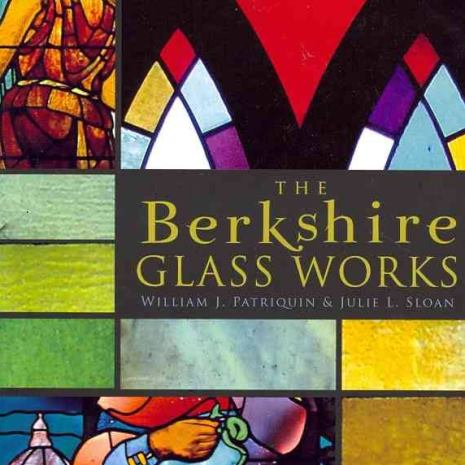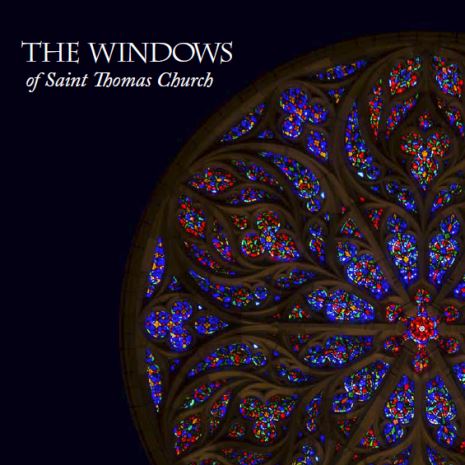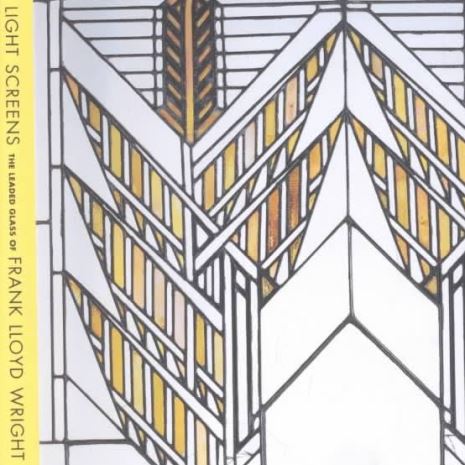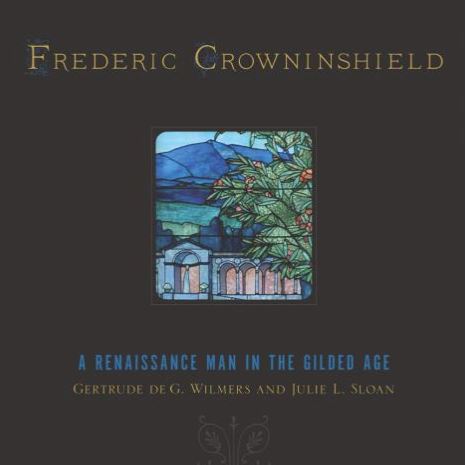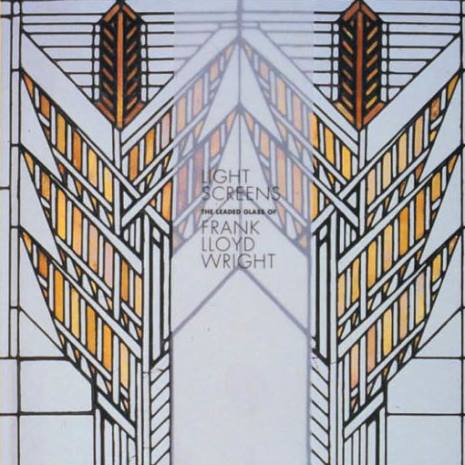Windows on Wright's World
By MILA ANDRE
Ask a New Yorker about Frank Lloyd Wright and chances are you'll be directed to the Guggenheim Museum, which Wright designed.
Now, one of the architect's contributions to interior design - the use of windows as an art form - is seeing the light at the American Craft Museum.
The exhibit, "Light Screens: The Leaded Glass of Frank Lloyd Wright," includes 50 windows created between 1885 and 1925, plus architectural models, more than 100 drawings and photographs of the windows in homes.
A separate show on the museum's lower level, "Origamic Architecture," includes reproductions of Wright-designed buildings.
The windows, mostly clear glass with touches of color in geometric patterns (usually triangles, squares or elongated bands), are divided into three phases: the first, in the earliest buildings, are clear glass with curvilinear patches of color; the second are gold, brown and moss green with symmetrical or chevron motifs, and the third often have iridescent surfaces.
Early on in his career, frustrated that he had to "cut holes" into buildings he was designing, Wright developed the use of colored glass in windows. Leaded glass windows - Wright called them "light screens" - became his signature in the more than 90 buildings that he designed.
Almost half of the windows in the show are on loan from private collections; other important pieces are from the Frank Lloyd Wright Foundation. Still others are on loan to the museum because the buildings for which they were designed are undergoing restoration.
The show, which runs through Sept. 2, is supplemented by lecture series.
"Origamic Architecture" - which includes works both whimsical and profound - takes the ancient Japanese art of paper-folding to new heights.
For more information, call the American Craft Museum, 40 W. 53rd St., at (212) 956-3535.


